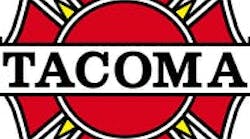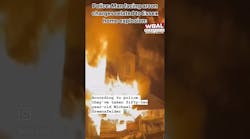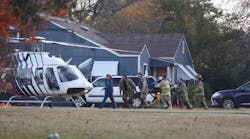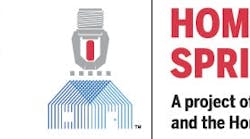What is community engagement? This is a common question that circulates not only in fire departments but also the U.S. Fire Administration (USFA). It’s important to both understand the topic and to organize it into the already existing structure, because it’s the key to any successful department.
The most used definition of community engagement is that of the Centers for Disease Control and Prevention (CDC): “…the process of working collaboratively with and through groups of people affiliated by geographic proximity, special interest, or similar situations to address issues affecting the well-being of those people. It is a powerful vehicle for bringing about environmental and behavioral changes that will improve the health of the community and its members. It often involves partnerships and coalitions that help mobilize resources and influence systems, change relationships among partners, and serve as catalysts for changing policies, programs, and practices.”
Although this definition is beneficial, it sounds a lot like what the USFA noted in “Public Fire Education Planning: A Five Step Process,” that fire and life-safety educators should conduct a community risk analysis, develop community partnerships, create an intervention strategy, implement the strategy and evaluate the results.
Further confusing the matter, FEMA says that a public information officer (PIO) plays “a major role in communicating important fire safety and prevention information to the public.” Isn’t that what the USFA says is a fire and life-safety educator’s job?
The problem is, all of the definitions speak to the goal but not the job requirements themselves.
Where we are going
The goal of every Fire & Life Safety Division should be to reduce community risks. Community risk reduction (CRR) states the importance of solving or educating on the underlying causes of emergencies that are specific to that location. However, it doesn’t call for a total change in organizational roles and titles. Thus, CRR focuses on the bigger picture, not just the emergencies that are directly in front.
CDC’s definition of what community engagement is might have been influential at the time (1997), but that no longer is the case. Community engagement now takes the form of a communications professional who oversees strategy and communication between the community and the fire department. Although fire and life-safety messages may be funneled through this role, messaging isn’t the main purpose of the role. Although the response to an emergency from the PIO may be funneled through this role, it isn’t that person’s main purpose.
The PIO deals with media one-on-one but may send public responses through the community engagement professional for public release. Elementary and high school educators might want to do a public-facing campaign about fire safety, but it first should be run through the community engagement professional.
The community engagement professional is responsible for keeping the brand of the fire department consistent and respected. This role should oversee social media and vet the posts that come through to have a consistent tone with the community. This role oversees the strategy of knowing how to reach certain audiences with certain platforms.
For example, if the recruiter wants to increase the number of applicants, that person first should ask what that audience looks like. Instead of a broad advertising campaign, the community engagement specialist can help the recruiter by letting that person know what platforms, what content and what media type works best for this audience.
Why we must transition
It’s time for CRR to be seen as a goal and guideline, not just a blanket job description. It’s time for support roles to be more defined and structured to accomplish more. It’s time for communication strategy to be prioritized by departments.
As departments work to advocate for support from councils, they can forget that councils work for the community. If the community isn’t asking for it, it won’t be prioritized. If you build a relationship and communicate with your community members, they will advocate on your behalf. It’s at this point that a council has no choice but to listen and support its local fire department.






